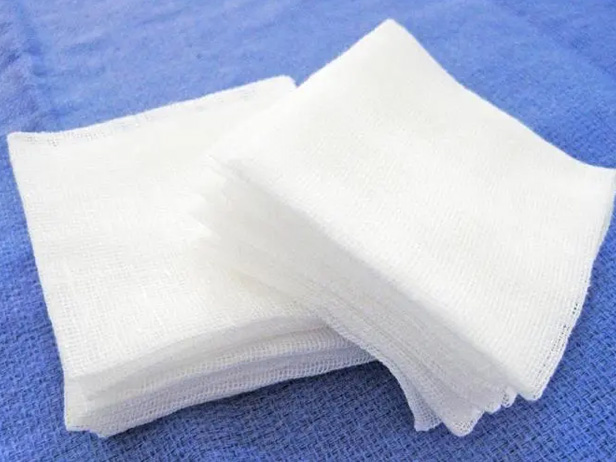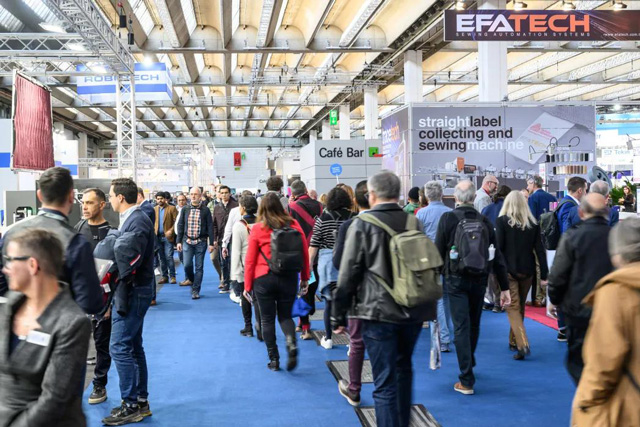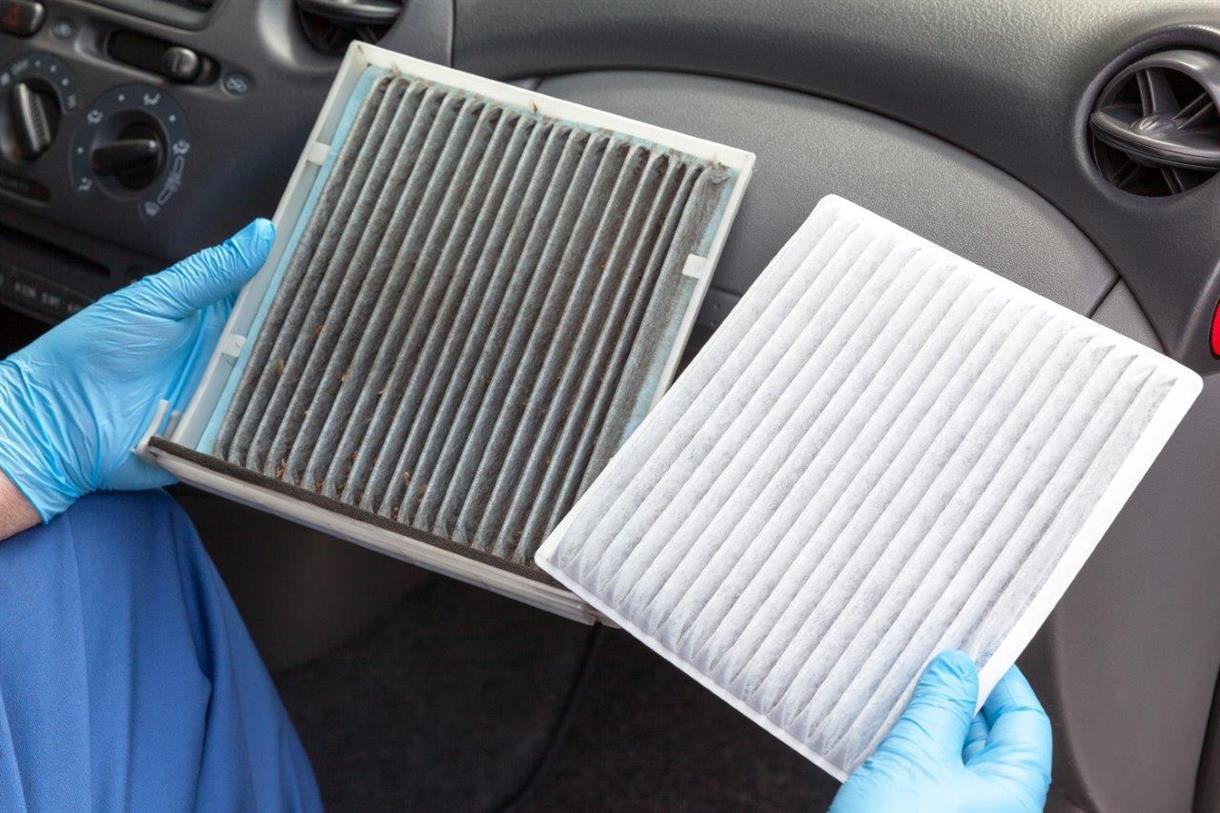
Medical nonwoven is a special nonwoven material used in the field of healthcare and is a fabric that does not require spinning and weaving.
It is mainly bonded together directly by physical means, so you will find it impossible to pull the threads out of the nonwoven when it is glued together. It is usually made of synthetic or natural fibers such as polypropylene.
Compared with traditional cotton is woven textiles, it has many advantages. For example, it is soft, absorbent, breathable, non-toxic and non-irritating, wear-resistant, and antibacterial, so it is widely used in medical and health fields, such as surgical procedures, dressings, masks, and gloves. In addition, medical nonwoven has the advantages of being single-use, recyclable, and easy to handle, which can effectively reduce the risk of cross-infection, and it is very suitable for the medical field.
As a manufacturer of medical nonwoven fabrics. G&F GROUP INC. has a complete range of medical products that have passed the ISO9001 certification. Click Here to see more detail about medical nonwoven fabrics.
Medical nonwovens are made from a range of fibers and polymers that have been specially treated to create a nonwoven structure. The following are some of the materials commonly used in medical nonwovens.

Cotton is a natural fiber, soft, breathable, and absorbent. Cotton is often used in surgical gowns, masks, and dressings.

Polyester, a synthetic fiber, is strong, durable, wrinkle-resistant, and shrink-resistant. Polyester is often used in medical surgical gowns, white coats, and bed sheets.

Polypropylene is often used for surgical masks and gowns, as well as wound dressings. It is a synthetic fiber that is lightweight, water-resistant, and breathable.

Nylon is a synthetic fiber that is strong, durable, and flexible. It is often used in compression stockings and bandages.

Synthetic fiber is a synthetic fiber that is soft, absorbent, and comfortable to wear. It is often used in surgical dressings, bandages, and wound care products.

These are fibers made from natural materials, such as bamboo, hemp, or corn. They are often used in medical textiles to create environmentally friendly products.
There are many ways to classify medical nonwoven. The specific classification method needs to be chosen according to different needs and purposes and can be classified according to usage, material, processing technology, etc. The following are some common classification methods.
Use classification: According to the purpose of using medical nonwoven fabrics, they can be divided into various types such as surgical gowns, masks, nurses' caps, surgical towels, packaging materials, and clean room supplies.
Material classification: There are various materials of medical nonwoven fabrics, commonly polypropylene (PP), polyester (PET), polyethylene (PE), etc. According to the different materials, medical nonwoven fabrics can be divided into PP nonwoven fabrics, PET nonwoven fabrics, PE nonwoven fabrics, etc.
Processing process classification: The processing process of medical nonwoven also affects its performance and usage. According to the processing process, it can be divided into hot-rolled nonwoven, melt-blown nonwoven, chemical fiber nonwoven, wet nonwoven, etc.
Structure classification: The structure of medical nonwoven fabrics also has many different types, including single-layer structure, double-layer structure, three-layer structure, multi-layer structure, etc... The different structures will directly affect the performance and use of medical nonwoven fabrics.
Medical nonwoven is a non-woven textile material made of synthetic fibers such as polyester and polypropylene through hot air or chemical treatment. It has the following characteristics.
1. Breathable: Medical non-woven fabric is composed of 100% fiber with porous, with good breathability, which can let the skin breathe and prevent the affected area from being affected by moisture.
2. High softness: composed of fine fibers (2-3D) light dotted hot melt bonding molding, medical nonwoven fabric is soft and comfortable to the skin, with a good touch and feel.
3. Good stretchability: spun polypropylene yarn directly laid into a network of hot bonding, product strength is better than the general staple fiber products, strength is not directional, longitudinal and transverse strength is similar;
4. Water absorption: medical non-woven fabric can absorb large amounts of water and liquid, and can be used as absorbent pads and cleaning cloth in surgical and medical environments.
5. Anti-static: medical non-woven fabric can be processed to make it anti-static, in order to avoid static interference with medical equipment.
6. Good abrasion resistance: medical nonwoven fabric has good abrasion resistance and can withstand long-time use and multiple cleaning.
7. Strong antibacterial properties: medical nonwoven fabrics can be made into antibacterial materials through special processing, which can play an antibacterial role in surgical and medical environments.
8. Easy to handle: Medical nonwoven fabrics are easy to handle and can be cut into various shapes and sizes, which is convenient for medical personnel to use.
9. Environmentally friendly and pollution-free: The chemical structure of polypropylene is not strong, and the molecular chain structure is easily broken, thus effectively and quickly entering the degradation process, and the relevant non-woven shopping bags can be used more than 10 times, and the degree of pollution after disposal is only 10% of plastic bags.
10. Low price: high productivity, fast production speed, and cheap price.

Medical nonwovens are specially treated textiles with a very tight fiber structure that can effectively filter bacteria and other microorganisms while providing a certain degree of breathability and comfort. The following are a few examples of applications for medical nonwovens.
1. Medical masks and protective clothing: The function is to filter bacteria and other microorganisms and provide protection.
2. Surgical gowns and operating room supplies: The function is that they can filter microorganisms in the air, thus maintaining the cleanliness of the operating room.
3. Medical dressings and bandages: This material has good breathability and comfort, and also keeps the wounds clean and dry.
4. Medical sanitary napkins and diapers: Medical sanitary napkins and diapers are also made of medical nonwoven fabric. This material can effectively absorb liquid and keep the skin dry and clean.
Medical nonwovens are generally designed for single use and are not recommended for reuse for the following main reasons.
1. Risk of cross-infection: In a medical environment, nonwovens are used to wrap and clean patients, in which they may come into contact with contaminants such as patients' body fluids and blood, and if these nonwovens are reused, they may cause the risk of cross-infection and spread pathogens.
2. Decreased cleaning ability: Medical non-woven fabrics will adsorb and capture tiny particles and bacteria during use, and if used repeatedly, these tiny particles and bacteria may be released during the cleaning process, resulting in the failure to achieve the desired cleaning effect.
3. Change of appearance and structure: After repeated use, the nonwoven fabric may lose its original structure and appearance characteristics due to wear and damage during washing or disinfection, and there will be a corresponding shrinkage reaction in the microscope, leading to a decreased in its functionality and reliability, and it cannot be used again.
4. Sterile barrier is lost after use: According to research, the shelf life of sterile items is closely related to the thickness of the medical nonwoven fabric and the number of layers of wrapped cloth. Disposable medical nonwoven packaging materials, after a series of high-temperature steam killing, chemical washing, fiber structure deformation, cloth hole thinning, thickness decline, or even the naked eye is not easy to detect the small hole, the bacteria barrier rate will suddenly decline, or lose the bacteria barrier performance.
This is the end of the introduction of medical nonwoven fabrics. If you need to order the fabric, please put your specification, color, application, and contact information to our Email: [email protected]
All Rights Reserved: https://www.groupgf.com/info-detail/what-is-medical-non-woven-fabric
Copyright Notice: This is an original (translated) article from G&F Group Inc., please indicate the source from G&F GROUP INC... If there is any infringement, please contact us first.
 Techtextil & Texprocess Rounded Off
Techtextil & Texprocess Rounded Off
 Nonwovens in daily life ----- filtration
Nonwovens in daily life ----- filtration
 Nonwovens in daily life ----- automotive
Nonwovens in daily life ----- automotive
 What is SAP – superabsorbent polymers
What is SAP – superabsorbent polymers